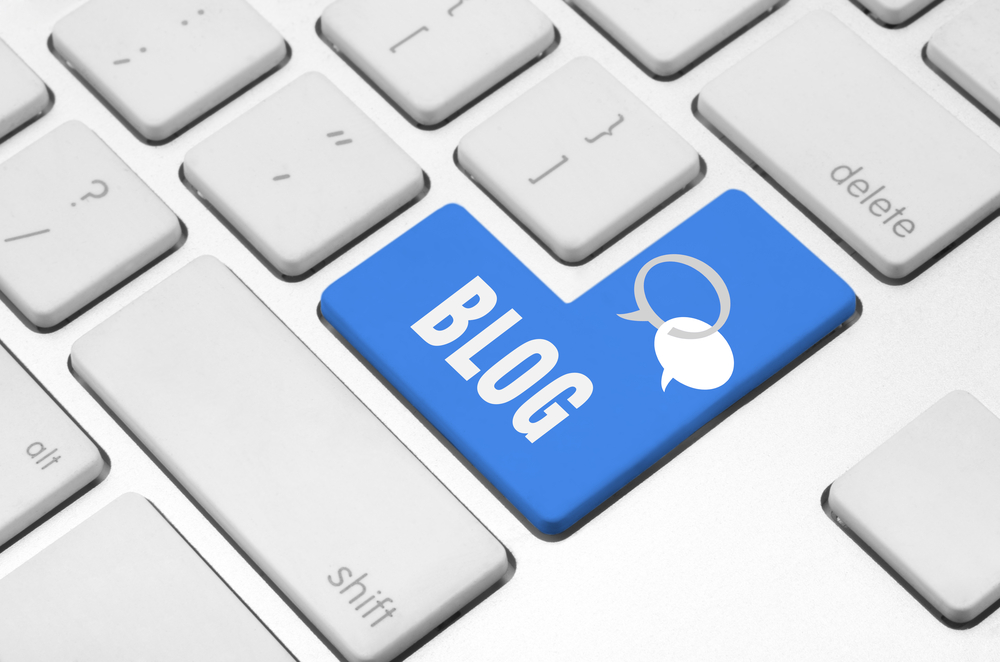<p>Whenever you start to think about learning something new it can be intimidating and WordPress is no exception. The key is to break the task of building a WordPress blog into steps, and put your effort into figuring out each part separately.</p>
<h2>Hosting and Domain</h2>
<p>The first step is to get a domain name for your site so that when you get WordPress up and running, you’ll be ready to make it live in a hurry. There are many ways to get domain and hosting, and they range from free to quite expensive. For example, you can go directly off of the WordPress site for free, but it’s really not that expensive to get a cheap domain name, and hosting is often just 50 dollars or so per year.</p>
<h2>Getting WordPress</h2>
<p>The program is free from the site, although you will need to download and then unzip it, so it’s important to make sure you have something like WinRAR or WinZip first to unlock the program and get it going on your computer. Once you have WordPress active, adding your info to it is usually fairly. There are loads of guides online that can give you a guide on how to make your own website.</p>
<h2>Uploading</h2>
<p>If this is your first time working with your own hosted website, it can be a bit intimidating to get your files uploaded into the hosting server, but it’s usually not that hard depending on which host you go with to get it done. Most will have instructions for their specific site. Generally it’s not too different than copying files from one folder to another.<br />
You’ll just have to log on to your site first in order to make this happen. Generally you’ll want to add your files to the WWW or public. Html folders to make them properly accessible, though this can certainly change based on your specific settings so it’s definitely worth reading the manual for this one, since you hardly want to waste a lot of time accidentally putting everything into the wrong folder and fouling things up.</p>
<h2>Installation</h2>
<p>This part is generally pretty easy since all you have to do is visit the wp-admin/install page for your site. Make sure you write down the screen name and password info for your WordPress when you receive them. It can be pretty frustrating if you lose these and then can’t access your site.</p>
<h2>Design and Settings</h2>
<p>Make sure you thoroughly explore the settings area after you’re all set up to make sure everything is the way you want it. You can find themes in the “Themes” area under “Appearance,” for example. It might not seem like themes matter in WordPress but they definitely can, and not every theme will work for your particular blog.<br />
Of course, another option is to visit a site that can handle all important aspects of the site creation process for you, in order to make it a lot easier to get your WordPress blog attached to it and up and running.</p>

DIY: Personal WordPress Blogs For Dummies
